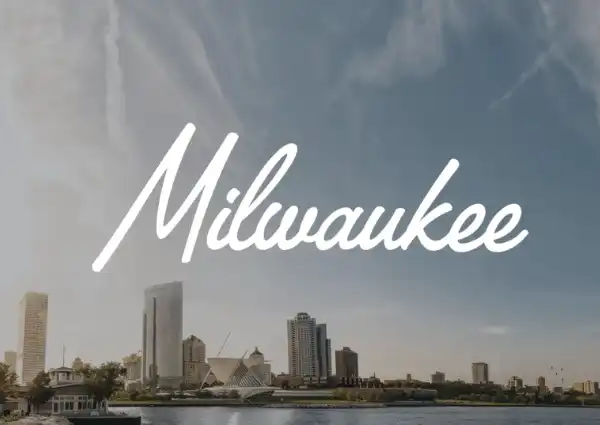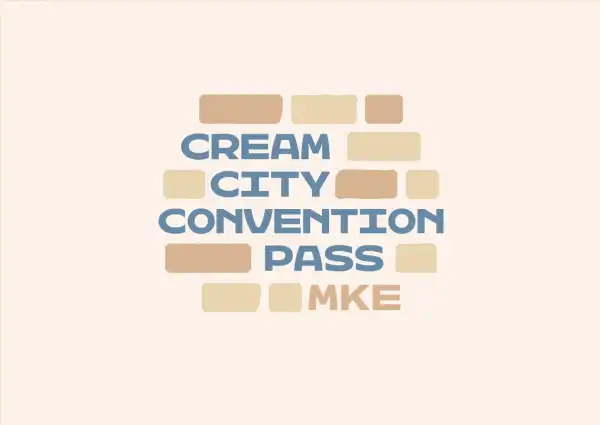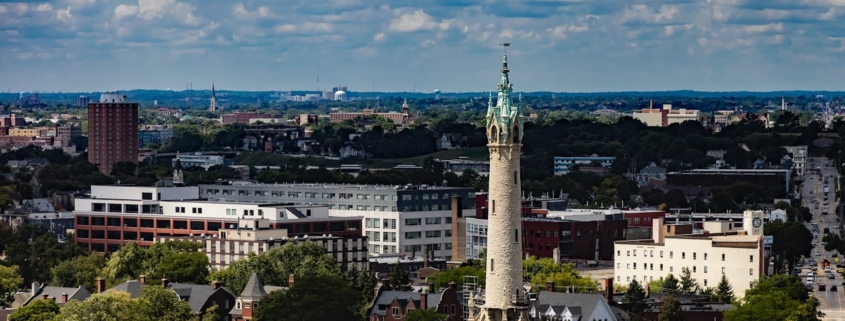2024 Archived Visitor Resources:
A Brief History of Milwaukee
The city of Milwaukee lies 90 miles north of Chicago on the western shore of Lake Michigan. The exact origin of its name remains a mystery, since different theories credit different Native American languages for inspiring it with words meaning “good land” or “gathering place.” Milwaukee’s position at confluence of three rivers made it indeed a gathering place for Ojibwe, Menominee, and Potawatomi tribespeople, followed by the European settlers who arrived starting in the 18th century as traders.
By 1840, German immigrants had brought their beer-brewing skills to the growing city and established Milwaukee’s reputation as America’s capital of beer. Its four most famous “beer barons,” each of whom founded a brewery of his own, are Valentin Blatz, Frederick Miller, Frederick Pabst, and Joseph Schlitz. During the mid-1800s, Germans were in fact the dominant ethnic group in the city, and by 1900 accounted for a third of the city’s population. However, Irish immigration, spurred by the Potato Famine of 1845-52, soon made the Irish the second largest immigrant community, followed by waves of Polish and Italian settlers toward the end of the 19th century.
German immigrant families lived close together, creating whole neighborhoods that became “little Germanys.” Their community bonds were strengthened through clubs, friendly societies, and schools. The first American kindergarten (note the German name) was created in Milwaukee for pre-schoolers, and so-called “Turners” (a name derived from the German Turnverein or “sports group”) established a normal college devoted to physical education, and the city had two German-language newspapers. World War I, however, saw many of German descent ostracized and the German cultural influence declined.
In the 1920s, the prohibition of alcohol sales following the ratification of the 18th Amendment spurred criminal bootlegging that spilled over from neighboring Chicago to Milwaukee, where the gangster Al Capone actually owned a house. (The house still stands on Capone Street.) A decade later, “red-lining” was introduced that severely restricted the parts of the city open to African-Americans moving up from the South in what is known as the Great Migration. As a result, Milwaukee even today remains one of the most segregated cities in the United States. Out of half a million inhabitants in 2020, Blacks make up the largest ethnic group at almost 40%; a third of the city’s residents are Caucasian, and a fifth are Hispanic.
Milwaukee’s economy has expanded over the recent decades. The city’s traditional brewing industry has diversified with almost two dozen craft breweries founded since 2015. The city’s employers now include insurance companies such as Northwest Mutual, as well as a variety of service industries and educational institutions such as the University of Wisconsin-Milwaukee, Marquette University, Milwaukee School of Engineering, Milwaukee Institute of Art & Design, Alverno College, Mount Mary University, Milwaukee Area Technical College-Downtown, and numerous others in the surrounding metropolitan area. Milwaukee is also the corporate headquarters for the motorcycle manufacturer Harley-Davidson. The city is home to several professional sports teams, including the Milwaukee Bucks basketball and Milwaukee Brewers baseball teams. The Milwaukee Art Museum boasts both a fine art collection and a futuristic wing designed by the Spanish architect Santiago Calatrava in his first American commission.
University of Wisconsin-Milwaukee and the Universities of Wisconsin are hosting our conference. The University of Wisconsin-Milwaukee (UWM) enrolls 23,000 students and pursues an unusual double mission as both a major research institution and an open-access school dedicated to helping students from all backgrounds earn an undergraduate degree. Its 200-plus academic programs include Wisconsin’s only school of architecture. Three quarters of its 207,000 alumni still reside in the state, and the university’s close ties with local businesses and non-profits offer students ample opportunity for community engagement. The university’s commitment to both excellence and outreach are notable and make it an especially appropriate location this year’s conference.
The Conference address is 161 W Wisconsin Avenue, 7th Floor, Milwaukee, WI 53203.
In-person attendees:
University of Wisconsin-Milwaukee
161 W Wisconsin Ave, Milwaukee, WI 53203




